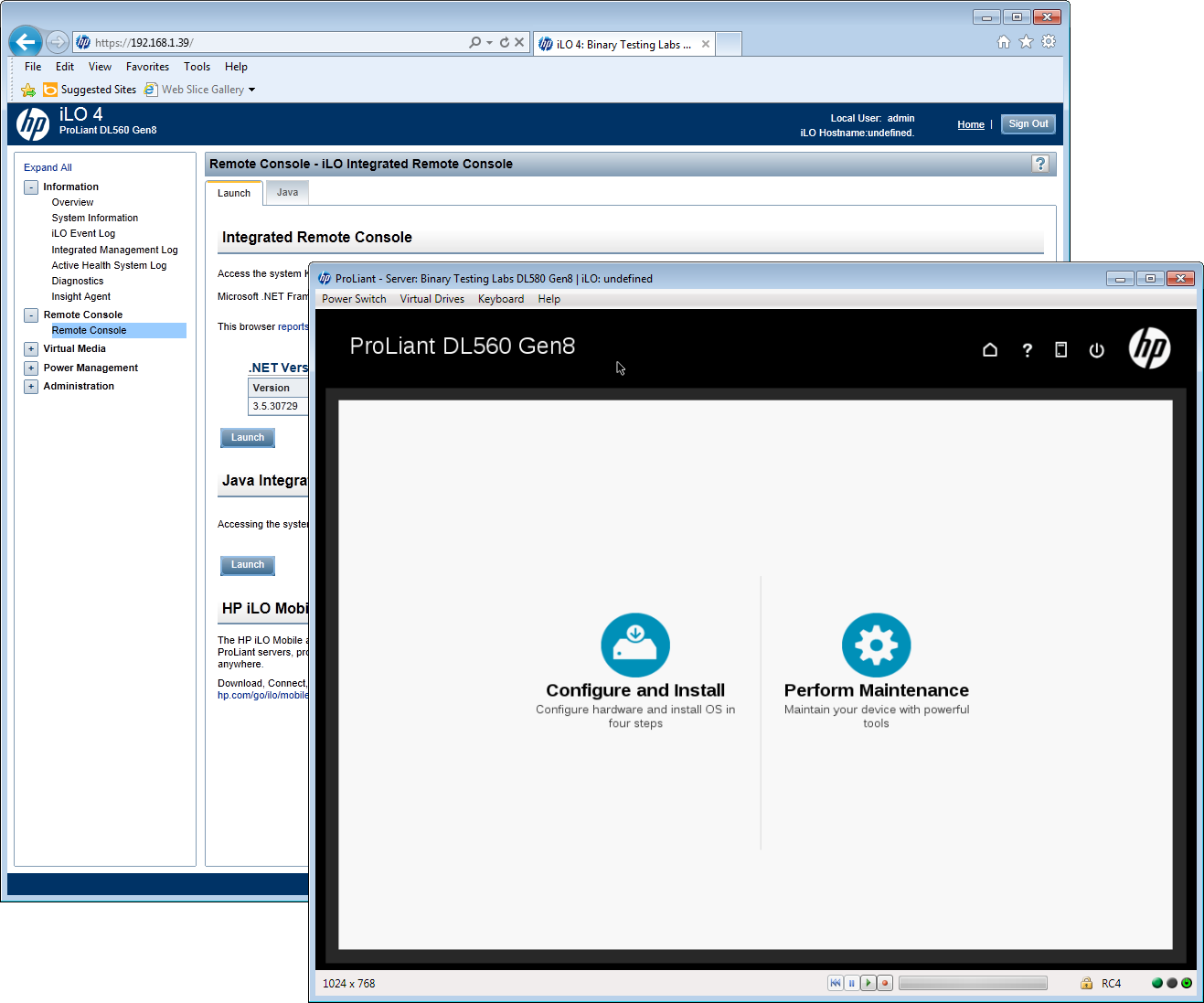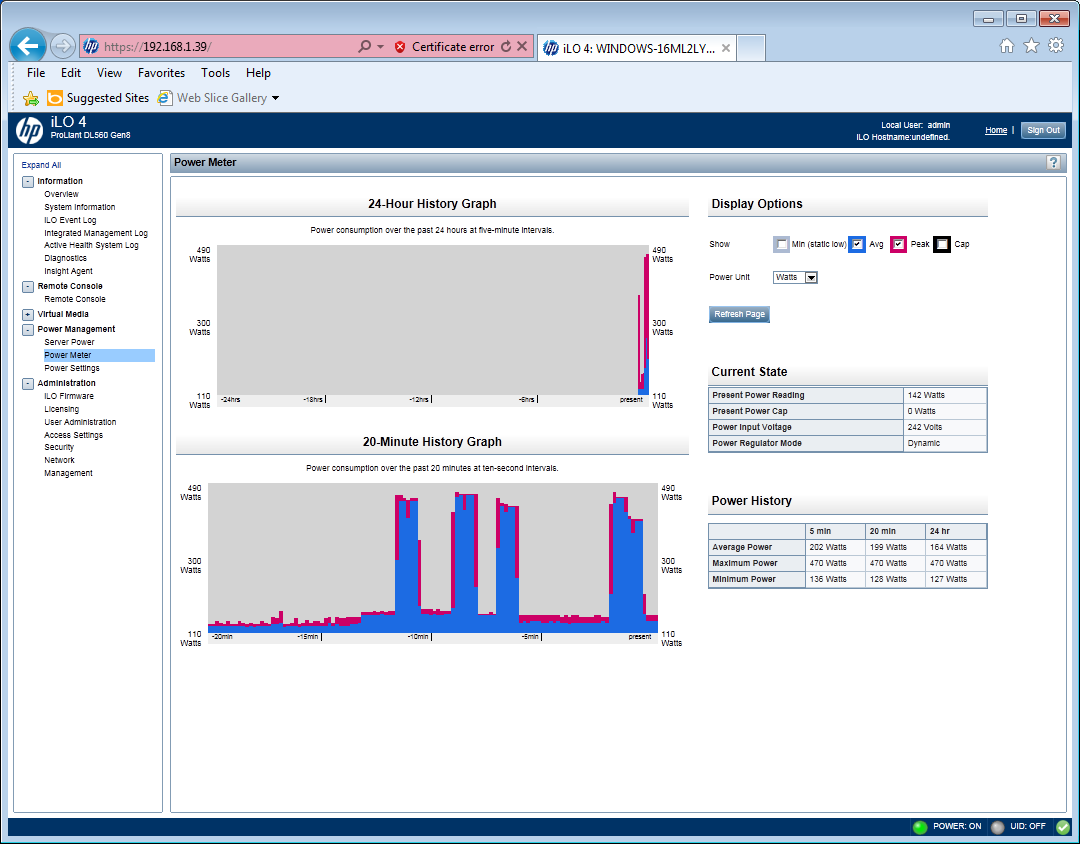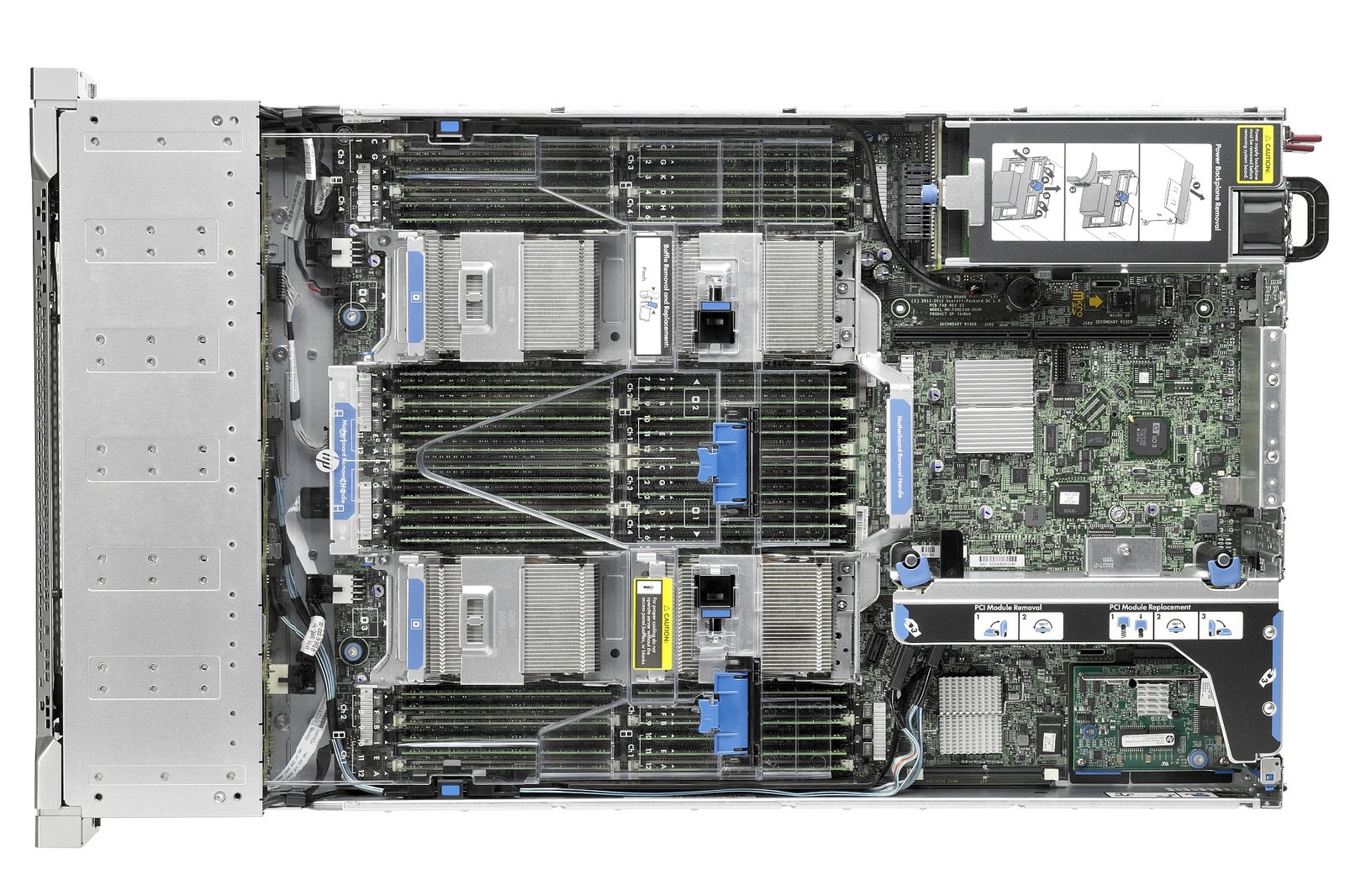HP ProLiant DL560 Gen8 review
The ProLiant DL560 Gen8 is HP’s first eighth generation quad-socket server. In this exclusive review we see if its new Xeon E5-4600 system is the perfect 4P powerhouse for data centres.
It’s been a long wait but HP’s first E5-4600 Xeon server delivers a well designed platform for running business critical apps and heavy duty virtualisations. Internal storage capacity is low but its design leaves plenty of room for expansion, it represents good value and it’s a lot easier on the power supply than a Xeon E7 system.


HP ProLiant DL560

HP ProLiant DL560 3

HP ProLiant DL560 2

HP ProLiant DL560 1

HP ProLiant DL560

The ProLiant DL560 Gen8 may also be a 2U rack server but it's clearly a different beast to the R820. Storage options are more limited as the DL560 only has room for five SFF hard disks at the front.
HP's thinking here is that most of its customers will be offloading storage to a separate location and really just need the server to have local boot capabilities. If this isn't the case and you want plenty of local storage then the R820 is your best bet as it has room at the front for sixteen SFF drives.

What lies beneath
Removing the lid shows HP has opted for a much simpler internal layout with the four CPU sockets mounted on a single motherboard. To squeeze all the extra storage into the R820, Dell has used a 2P system board and a 2P mezzanine card which sits on top and can be removed with a large lever.
HP argues that its design is less likely to cause problems than Dell's mezzanine card pin connectors, which could be a weak spot. Suffice to say the lab's R820 has had its mezzanine card out quite a few times (mainly to show it off) and it's still working fine.
The price for the review system includes a quartet of 2.4GHz E5-4640 modules. These are near the top of this family of eight CPUs and are endowed with eight cores plus a 20MB L3 cache and support an 8GT/sec QPI plus Intel's HyperThreading and Turbo Boost.
The E5-4600 family is designed for scalable dual and glue-less quad-socket platforms so you can cut costs and start off with a 2P system. The E5-4600 Xeons have two QPI links per socket and when you add the extra CPUs they connect with adjacent sockets in a ring architecture.

Massive memory and low power
A key feature is memory capacity as a 4P system supports 48 DIMM sockets and scales up to 1.5TB using 32GB quad-ranked LR-DIMMs. You may think the high memory capacity puts them in direct competition with the Xeon E7. However, Intel has positioned the E5-4600 as a better choice where an equal balance of cost, performance, power consumption and memory capacity is required.
Sign up today and you will receive a free copy of our Future Focus 2025 report - the leading guidance on AI, cybersecurity and other IT challenges as per 700+ senior executives
The E5-4600 certainly wins out over the Xeon E7 for its low power consumption. With the server's OS in idle, we measured it drawing only 140W and with SiSoft Sandra punishing all 64 logical cores, this peaked at 467W.
Fujitsu's Primergy RX600 S6 and its quartet of 2GHz E7-4850 Xeons pulled a hefty 427W in idle. With SiSoft Sandra running against its 80 logical cores, this peaked at a much higher 760W.

Dave is an IT consultant and freelance journalist specialising in hands-on reviews of computer networking products covering all market sectors from small businesses to enterprises. Founder of Binary Testing Ltd – the UK’s premier independent network testing laboratory - Dave has over 45 years of experience in the IT industry.
Dave has produced many thousands of in-depth business networking product reviews from his lab which have been reproduced globally. Writing for ITPro and its sister title, PC Pro, he covers all areas of business IT infrastructure, including servers, storage, network security, data protection, cloud, infrastructure and services.
-
 Everything you need to know about Google and Apple’s emergency zero-day patches
Everything you need to know about Google and Apple’s emergency zero-day patchesNews A serious zero-day bug was spotted in Chrome systems that impacts Apple users too, forcing both companies to issue emergency patches
By Nicole Kobie Published
-
 Ronald Richardson to lead Leaseweb’s global commercial strategy
Ronald Richardson to lead Leaseweb’s global commercial strategyNews The experienced executive has been named Leaseweb’s new CRO as the IaaS provider embarks on the next phase of its growth journey
By Daniel Todd Published
-
 UK’s ‘Tech Prosperity Deal' with US hits rocky ground
UK’s ‘Tech Prosperity Deal' with US hits rocky groundNews The US has reportedly threatened to pull out of the deal over the Digital Services Tax and broader economic disagreements
By Emma Woollacott Published
